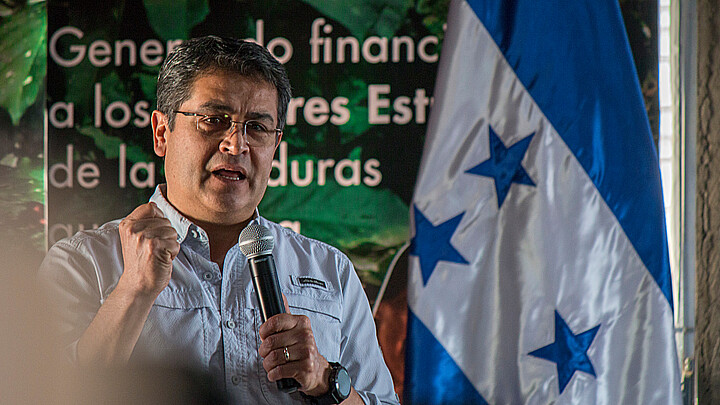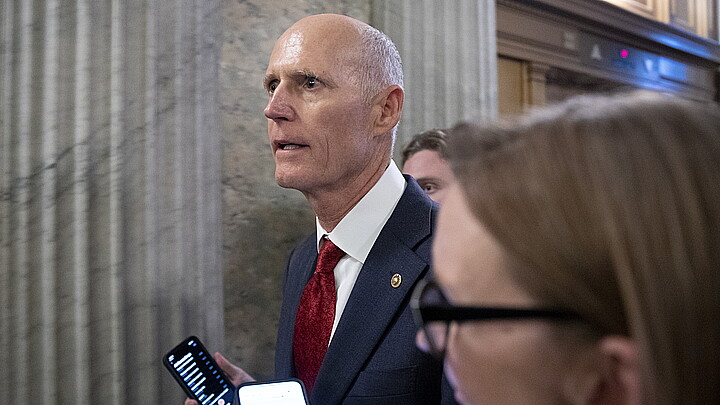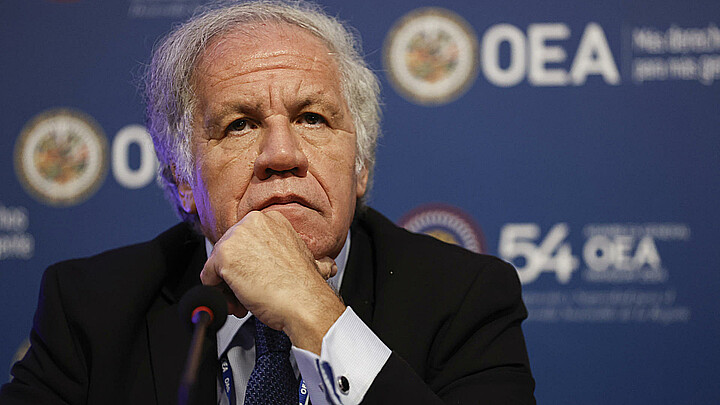Politics
Peru’s president seeks to nationalize the country’s largest gas field
Peruvian President Pedro Castillo asked Congress to nationalize the country’s largest natural gas field, currently managed by a multinational company.
October 27, 2021 12:06pm
Updated: November 2, 2021 6:23pm
Peru’s President Pedro Castillo asked Congress on Monday to work on a law to nationalize the Camisea gas field in Cuzco, the largest natural gas field in the country and most important in South America. “It is necessary to give to Peruvians what the people produce,” the President said.
“We urge Congress to pass a joint law once and for all to nationalize the Camisea gas field and give it to all Peruvians,” said President Castillo during a ceremony in Bagua Grande, a town in the Amazonas region.
The president’s remarks caused markets to fall and raised doubts about the policy and the new cabinet appointments that could stem from the move.
The Peruvian currency, sol, fell 0.35% on Tuesday, to 3,986/3,988 a dollar. The same day, the Central Bank sold around US $ 108 to prevent greater volatility in the exchange market. At the same time, the Lima Stock Exchange benchmark lost 1.17%.
Analysts claim that Castillo is contradicting himself. At his presidential inauguration at the end of July, Castillo promised he would not to nationalize hydrocarbons. The president assured he “would not even remotely nationalize” the country’s economy.
Despite Castillo’s talks about nationalization, he does not have a majority in Congress, which leans towards the center and right. Therefore, his proposal is not likely to be supported. However, his comments are enough to generate chaos and unrest in the country and the markets.
According to Peru’s constitution, private companies can only be nationalized with the approval of Congress.
“We are about to reach 100 days of government and we are concerned because there is no clear direction in the country’s management. We only see contradictory announcements and gestures that condemn private investment,” said Pablo de la Flor, executive director of the Association of Mining and Oil Companies in Peru.
The Camisea field is the most important one in Peru and one of the most important in Latin America. Its operation has been called an “off-shore on land.” It is operating on land as if it were an offshore production, according to Chilean news outlet La Tercera.
The field is run by a coalition made by by Pluspetrol, Hunt Oil, SK Innovation, Repsol, and Sonatrach, which produces natural gas and condensate, added La Tercera.
The Peruvian President announced that his government “has ordered the development of the infrastructure to expand natural gas in Cuzco, Puno, Apurimac, Arequipa, Moquegua, Tacna, Ayacucho, and Ucayali.”
Weeks ago, Minister of Economy Pedro Francke had already ruled out the possibility of expropriation in the hydrocarbons sector. A decision that came as a response to the statements of the former Prime Minister Guido Bellido, after he proposed that the energy sector “should be in the hands of the government.”
“We are not going to expropriate the gas at Camisea. Private companies will continue to exploit it. We want to ensure that it works so that Peruvians can have cheaper gas at home,” said Francke.










